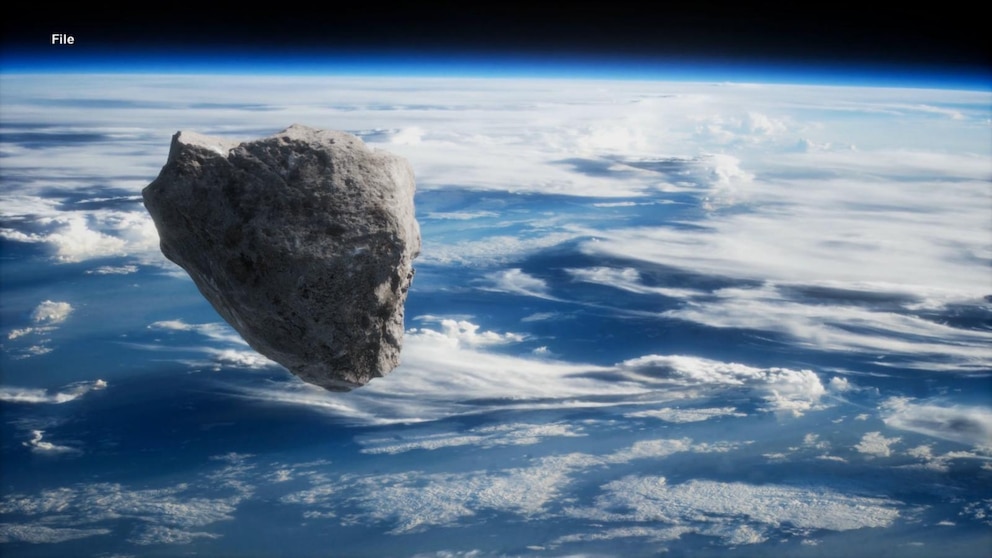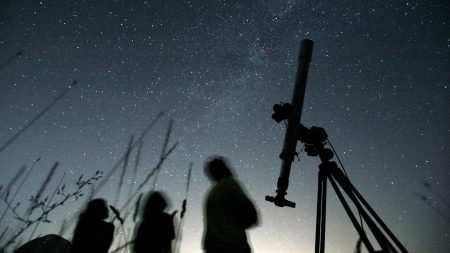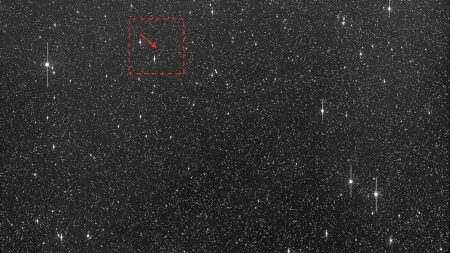"City Killer" Asteroid No Longer a Threat to Earth: Scientists
Understanding the "City Killer" Asteroid Threat
Scientists have recently announced that a potentially dangerous asteroid, previously considered a threat to Earth, is no longer on a collision course with our planet. This asteroid, often referred to as a "city killer" due to its potential to cause widespread destruction if it were to impact a populated area, has been the subject of extensive study and monitoring. The term "city killer" is used to describe asteroids that are large enough to cause significant damage to entire cities or regions, though they are smaller than the massive objects capable of causing global extinction events, like the one that led to the dinosaurs’ demise.
The Scientific Effort Behind Tracking the Asteroid
A team of international scientists, using advanced telescopes and tracking systems, has been closely monitoring the asteroid’s trajectory for several years. By combining historical observations with cutting-edge simulations, researchers were able to refine their understanding of the asteroid’s path over time. This effort involved collaboration between various institutions and space agencies around the world, showcasing the importance of international cooperation in addressing potential cosmic threats.
How the Asteroid’s Path Was Refined
The process of determining whether an asteroid poses a threat to Earth is complex and involves precision calculations. By analyzing the asteroid’s orbital pattern and gravitational influences from nearby celestial bodies, scientists were able to predict its position far into the future. Initially, there was some uncertainty about the asteroid’s trajectory, which led to concerns that it might intersect Earth’s orbit in the coming decades. However, as more data was collected and more precise models were developed, the likelihood of an impact diminished.
The Implications of This Discovery
The fact that this asteroid is no longer considered a threat is a significant finding for the field of planetary defense. It highlights the importance of continued research and monitoring of near-Earth objects (NEOs) like asteroids and comets. While this particular asteroid no longer poses a danger, there are still many other NEOs that could potentially threaten our planet in the future. This discovery also underscores the capabilities of modern astronomy in predicting and preventing cosmic collisions, offering a sense of reassurance for the public.
The Balance Between Awareness and Alarm
While the discovery of a potentially hazardous asteroid can understandably cause public concern, it’s equally important to communicate such findings responsibly. Scientists and science communicators must strike a balance between raising awareness of the potential risks posed by asteroids and avoiding unnecessary panic. In this case, the scientific community has demonstrated a commitment to transparency and accuracy, providing updates based on the best available evidence and ensuring that the public is well-informed without being alarmed.
Moving Forward in Asteroid Research and Preparedness
This latest development serves as a reminder of the ongoing need for investment in asteroid detection and deflection technologies. While we were fortunate in this case that the asteroid’s trajectory did not pose a threat, future discoveries may not be as fortunate. By continuing to advance our understanding of asteroids and improving our ability to predict and prevent potential impacts, we can better safeguard our planet against these cosmic threats. The collaborative effort that led to this outcome is a testament to the power of science and international cooperation in addressing global challenges.















